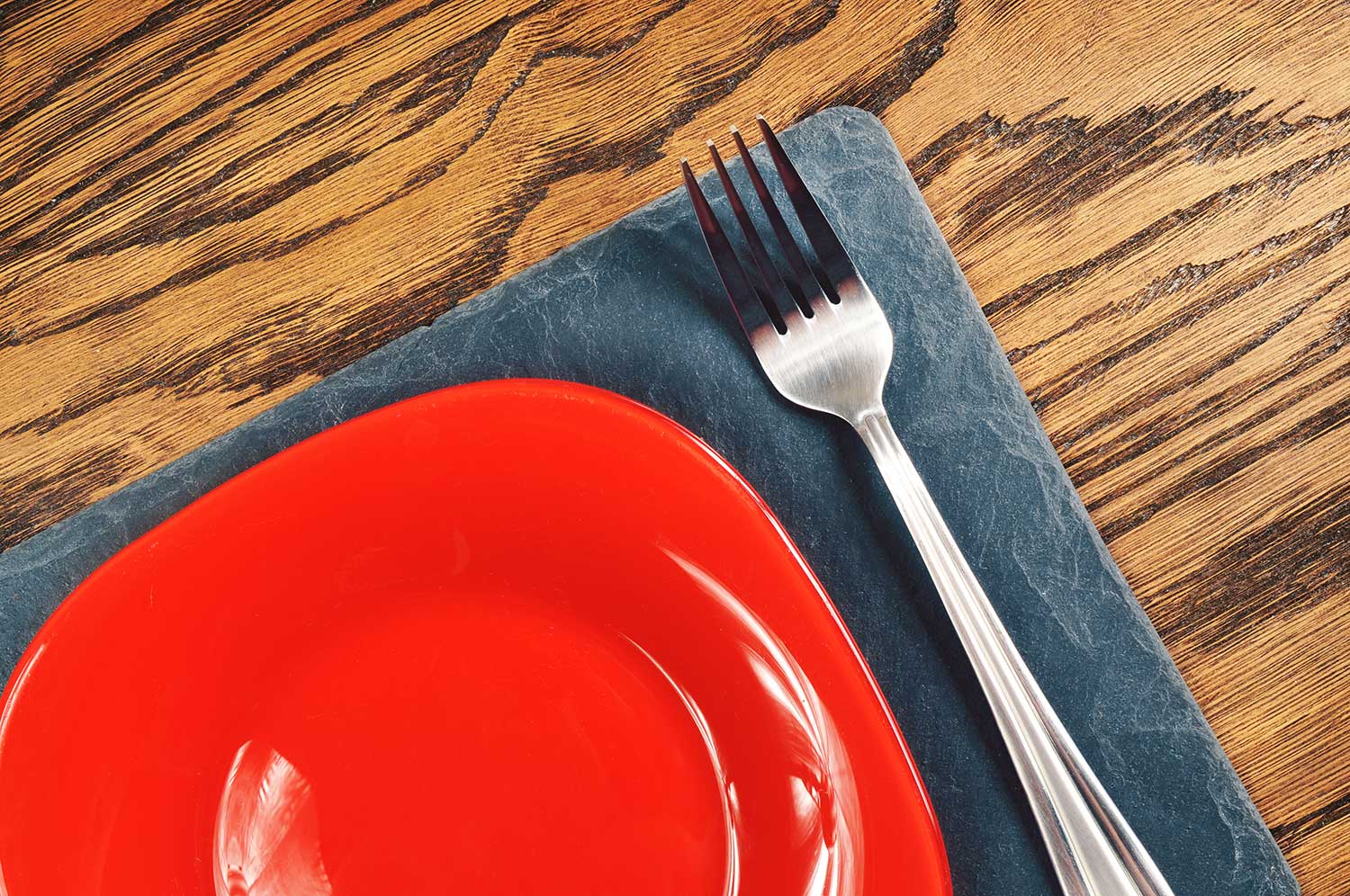We are aware of all the good and nutritious foods like walnuts and green leafy vegetables that persons with dementia need to keep their brain health in the best possible condition. But the problem is: what if they simply refuse to eat? For most of us “normal” people without the condition, eating and having our meals promptly is happens most naturally.
In Singapore, we live to eat, resulting in many going beyond the recommended three square meals a day (late night supper anyone?). For persons with Alzheimer’s Disease or dementia, mealtimes are not so straightforward.
Due to problems with chewing, swallowing or digesting, eating sometimes becomes a difficult chore. With their diminished sense of taste and smell, food that was once delicious may also lose their allure, leading to some seniors even losing interest in eating. Often, the effects of memory loss may also confuse them into thinking they have already ate, causing them to eat less. If your loved one with dementia is on medication, some prescriptions can also affect appetite and increase the likelihood of constipation.
In the process of caring for someone with Alzheimer’s or dementia, it can get frustrating or hopeless whenever it’s time to get them to tuck in to a meal. Give yourself a break from the hair-tugging with these tips.
Plate Debate
It all starts with the plates, in particular what colour they are. As most of these eating woes are caused by changes affecting their brains, a little mind trickery may just be the solution. A study conducted by Boston University has shown that patients eating from red plates consumed 25 percent more food than those eating from white plates. Yellow plates are also helpful. Using brightly coloured plates help make eating interesting, and also allows persons with dementia to distinguish their food better. On the other hand, food too close to the colour of the plates they’re served on can also cause confusion, so don’t serve tomatoes on a red plate.

It’s All In The Eyes
Eye contact comes in handy for a lot of behavioural situations, and the rejection of food is one of them. Help your loved ones break this pattern by maintaining eye contact with them during mealtimes. Position yourself directly across them at the table, looking at them gently as you eat. Check that they are following you by smiling and waiting for them to smile back, then start eating again. Stay patient and dine without talking, allowing them to follow your lead without breaking eye contact. The point here is to be a guide to them rather than trying to convince them, which can be counterproductive. Demonstrate, don’t frustrate.
Praise The Food
Once again, a little psychology can work wonders in breaking down obdurate behaviours. Start by experimenting with how you arrange food on the plate. By adding a variety of colour, reducing the quantity, or making them more bite-sized and manageable, it may stimulate them and make them respond better. Think fine dining and how each plate comes as a visually arresting piece of art which makes you want to eat it more. When eating, a simple, “this is so delicious” or “wow, you really have to try this” can help pique their interest and encourage them to tuck in themselves.
Silence Is Golden
It is understandable to try and strike up a conversation with your loved one with dementia at the dinner table, either in an attempt to create a more enjoyable ambience or to encourage them to eat more. But for someone with Alzheimer’s, it can sometimes become an overload of stimuli. As they try to eat, they may be distracted at having to engage in conversations or stick to a train of thought. Reduce dialogue and let them focus on finishing their food.



